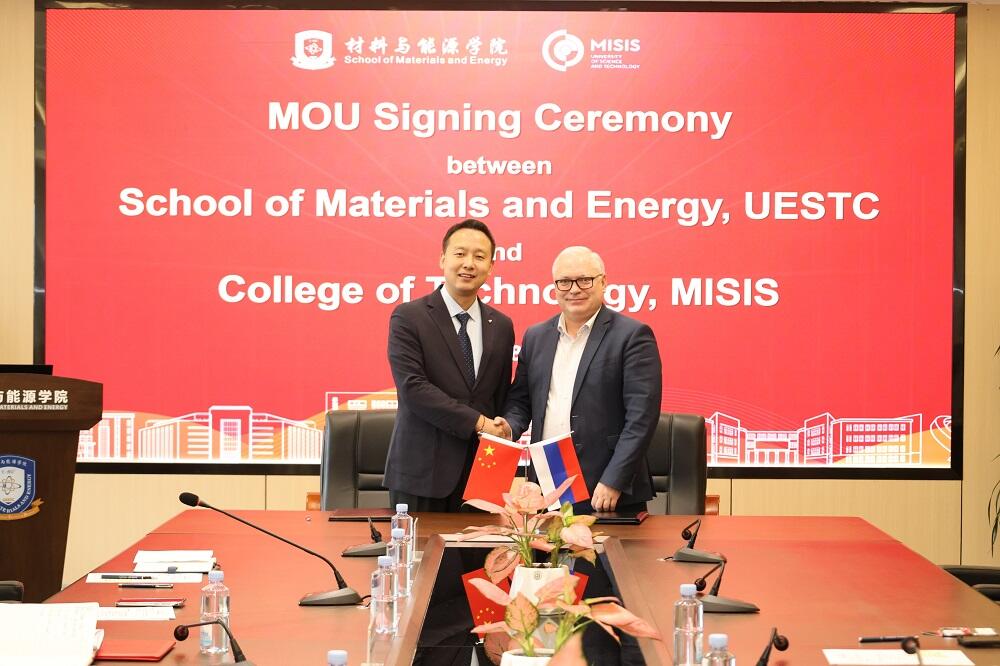Researchers from the Laboratory of Superconductor Quantum Technologies at NUST MISIS and the Laboratory of Quantum Technologies at INME RAS have successfully reproduced the technology for fabricating superconducting fluxonium qubits, demonstrating single-qubit operation fidelity of 99.993%. Unlike the more widespread transmon qubits, fluxoniums require a significantly more complex technological process, including the formation of chains of dozens of Josephson junctions.
Currently, the most common type of superconducting qubits is the transmon. The world’s leading quantum processors developed by companies like Google and IBM are based on this architecture. However, transmons have limitations in coherence time and gate fidelity due to both technological and design constraints. As an alternative, researchers worldwide are exploring new types of superconducting qubits, such as fluxoniums, which offer greater noise resilience and longer coherence times (meaning more stable and synchronized quantum oscillations).
“Testing of the samples showed high operation fidelity — 99.993%, which exceeds the best figures for transmons. A key factor contributing to this precision was the short duration of control pulses — only 6 nanoseconds, which is several times shorter than for transmons,” said Tatyana Chudakova, engineer of the Laboratory of Superconductor Quantum Technologies at NUST MISIS and researcher at the Russian Quantum Center.
Currently, the team is focusing on scaling up fluxonium-based circuits and improving coherence time. Mastering the production technology for fluxoniums opens new prospects for the development of domestic quantum processors.
“NUST MISIS and INME RAS possess technological and experimental expertise in chip design for quantum processors. As a result of this joint work, we have developed a unique technology and experimental fluxonium qubit samples with record-setting precision on par with global industry leaders. High fidelity at the 99.99% level will allow us to significantly boost the performance of quantum computers,” noted head of the Research Laboratory for Quantum Technologies at INME RAS Mikhail Tarkhov.
The development of superconducting quantum circuits is underway at NUST MISIS as part of the strategic technological project Quantum Internet under the Priority 2030 program. The design and implementation of superconducting quantum processors at the university is supported by the State Corporation Rosatom within the framework of the Quantum Computing roadmap (contract No. 868-1.3-15/15-2021 dated October 5, 2021).



